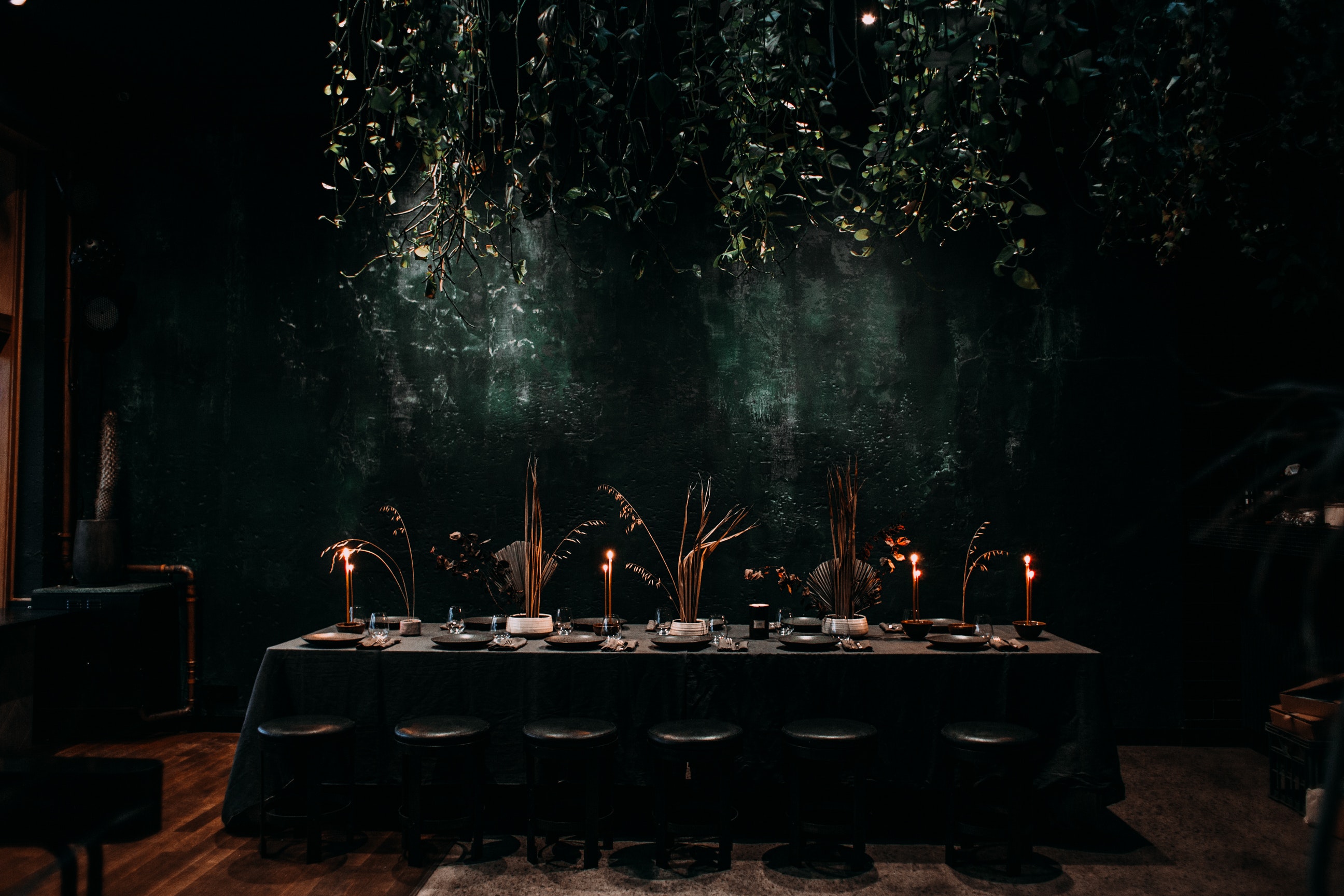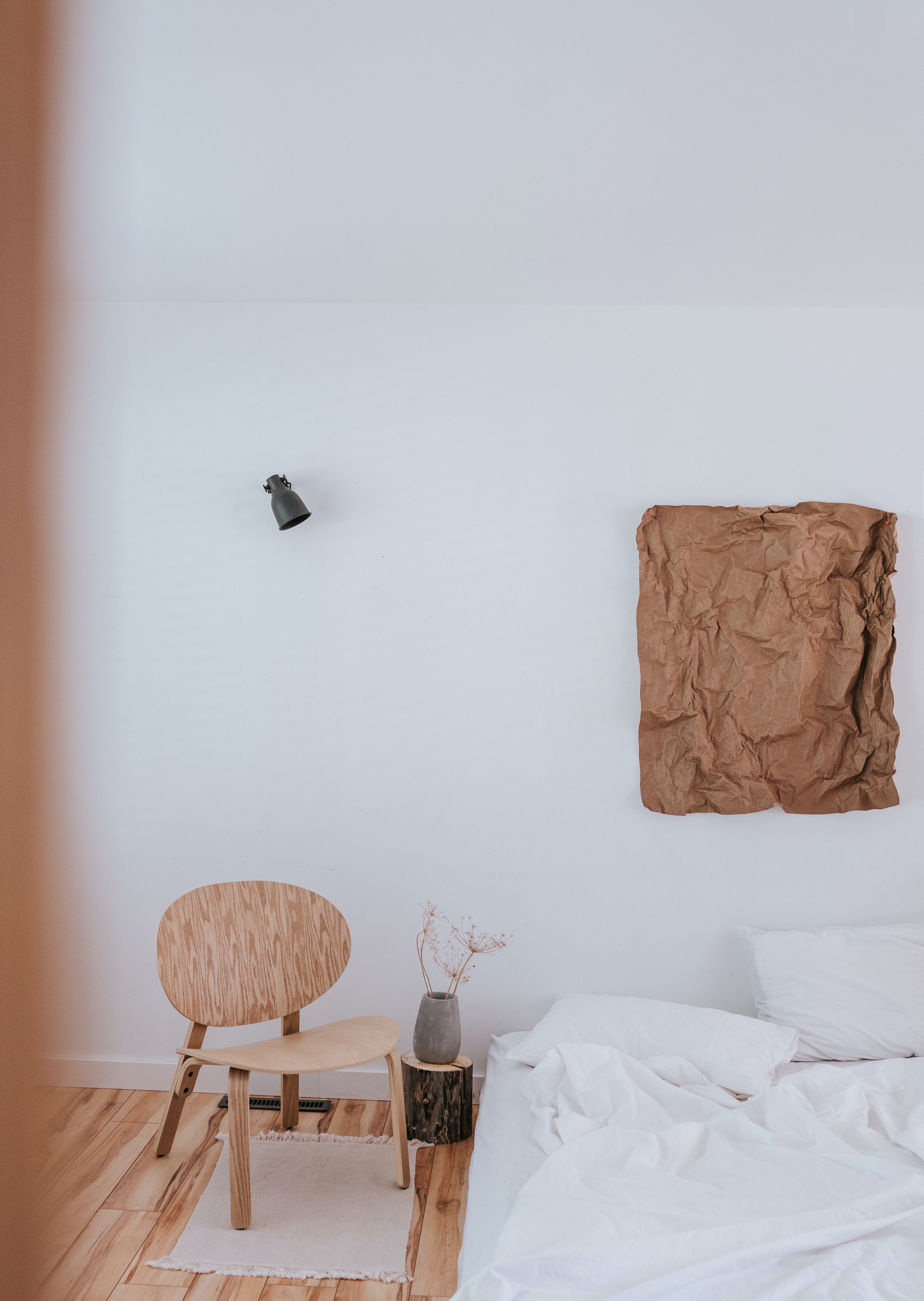Prediction:
Uncontrolled shift towards
sustainable & wellness design
Post-pandemic, we noticed consumers’ awareness of sustainability evolve and integrate into their daily lives. Design and architecture practices witness a shift in the industry and have collaboratively worked with suppliers to meet sustainable design demands and carbon-zero processes.

Hospitality:
According to booking.com Sustainable Travel Report, 2021 – 81% of travellers want sustainable travel and accommodation option available in 2022. It includes energy-efficient guest rooms, local activities promotion, and recycling options.
Wellness design is also a new concept adopted by hotel designers post-pandemic, where architects and designers must consider well-being during the stay experience. Factors like natural light over artificial light and design spa/ fitness areas to promote health benefits and show empathy towards the environment.
Wellness design is also a new concept adopted by hotel designers post-pandemic. Architects and designers must consider designs promoting healthy experiences, such as natural light over artificial light and design spa/ fitness areas.
Customers are travelling locally to support the restaurant and fast food businesses. Due to the lockdown, more people prefer to spend time away from homes and in social settings after work or during weekends. Therefore, restaurants seeking to renovate/ refurbish their interiors should consider spatial design for social purposes for customers can spend more time. Interior decor should also incorporate sustainable decoration such as reclaimed, recycled, and renewable materials for added value to the business experiences.
Sustainable and wellness design is no longer an option for the hospitality industry but a necessity.

Residential:
The private residential industry is yet to incorporate sustainable and well-being design, with recent homes designed compact or situated in urban surroundings. The possibility of hybrid work encouraged homeowners to relocate to greener locations, with bigger living spaces, garden plots and affordability compared to the capital and surroundings. Therefore, property developers and contractors must reconsider new developments and renovation projects with carbon-zero, green design and promote healthy living. Residential design with large windows, spacious rooms (accommodate separate study and gym), nearby green surroundings and infrastructure can add value to residential properties.
The shift in the residential construction industry took place recently caused by a surge in energy bills and raw materials. Home buyers now seek energy-efficient and insulated homes over higher energy-consumed ones. Property developers and contractors are forced to change and upgrade renewable energy for new and existing properties to keep competitive rental costs and market demand imposed by potential buyers.
We hope you like the content shared. We aim to post at least once a month. Let us know topics or other types of content you would like to see on our page.

0 Comments